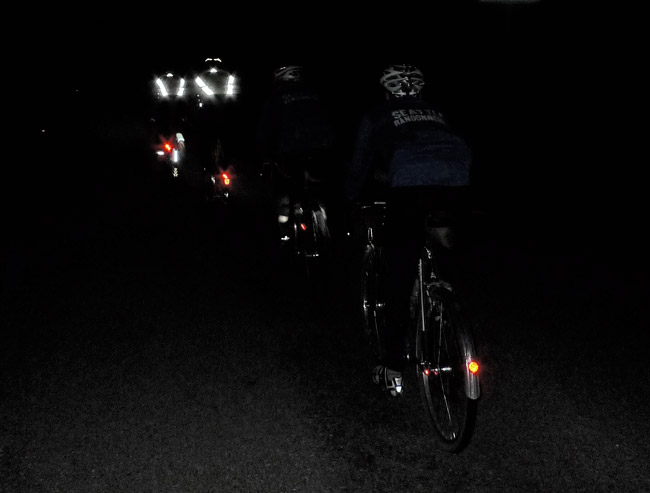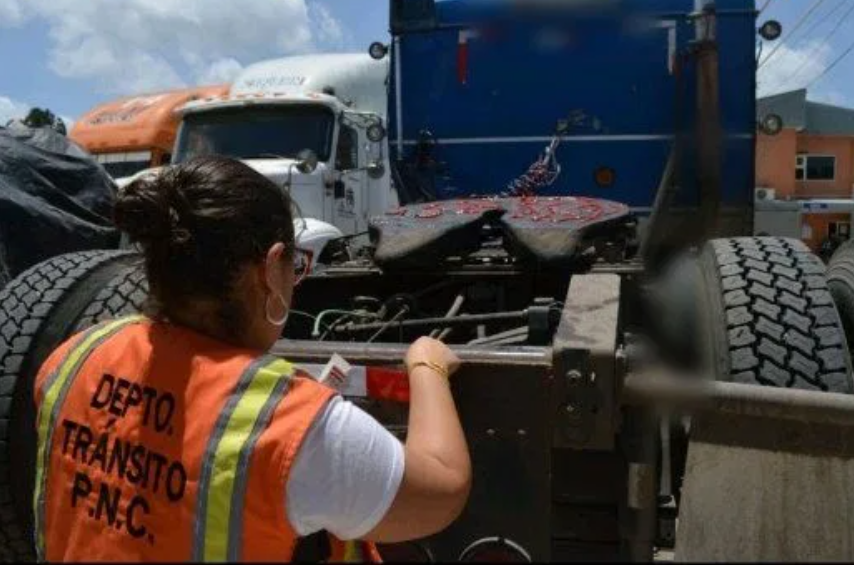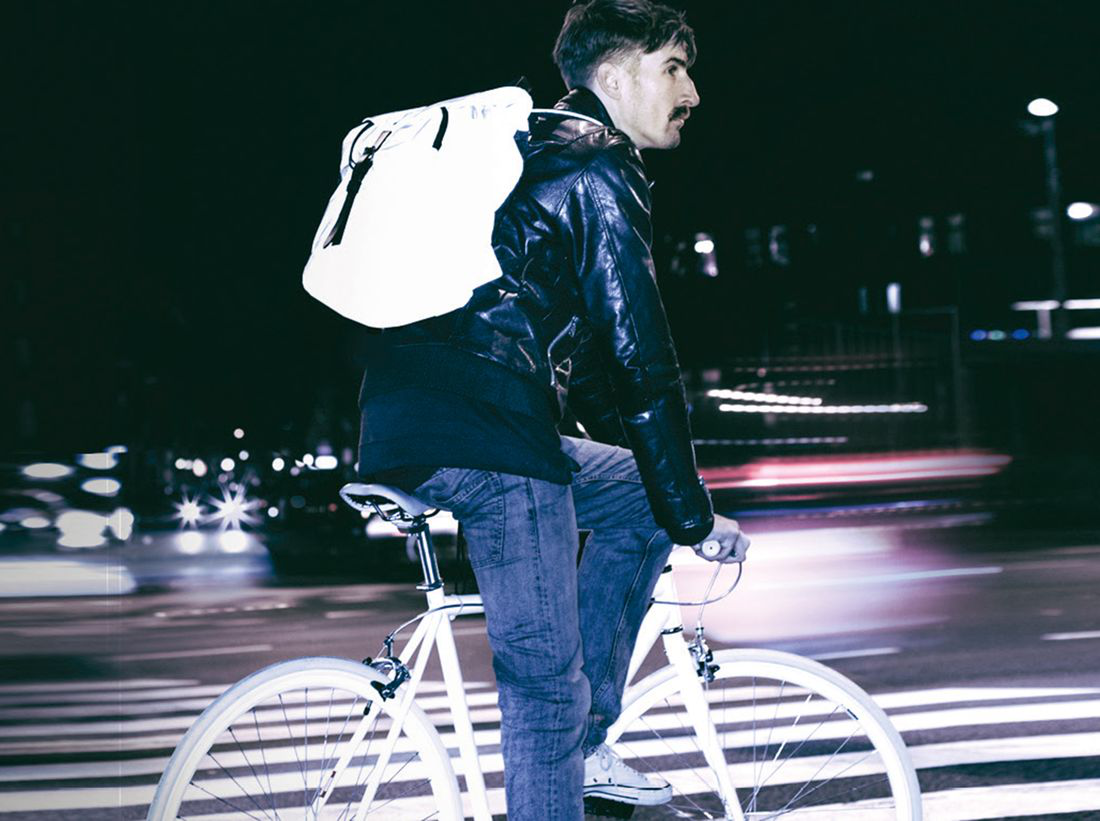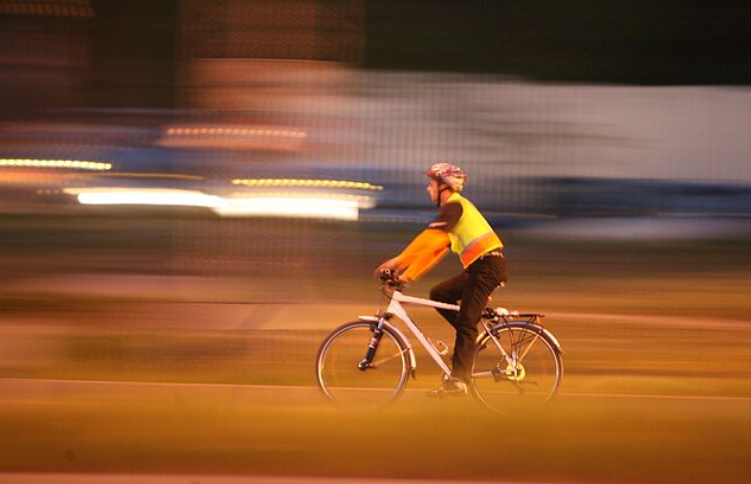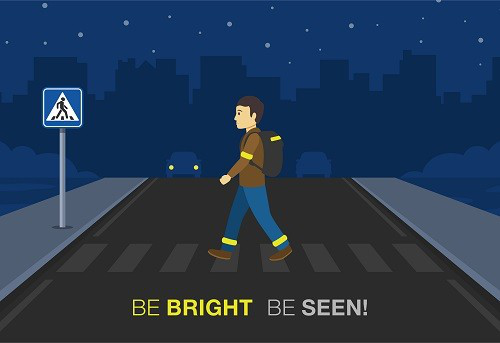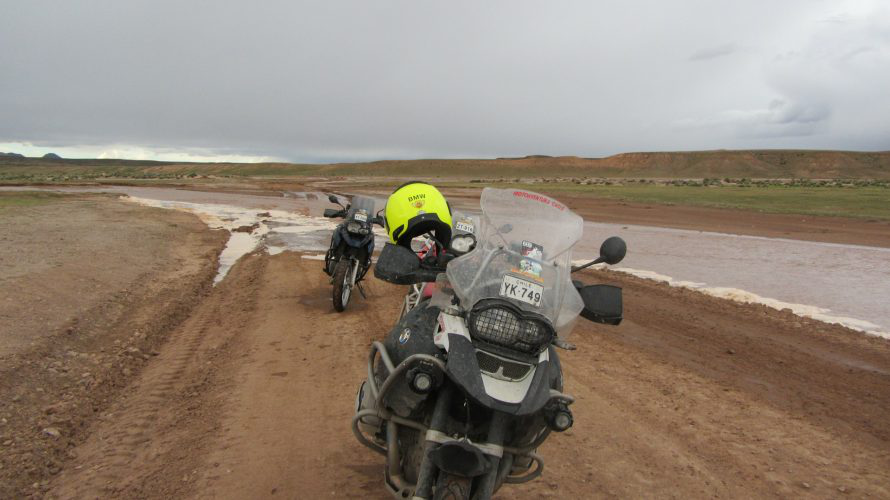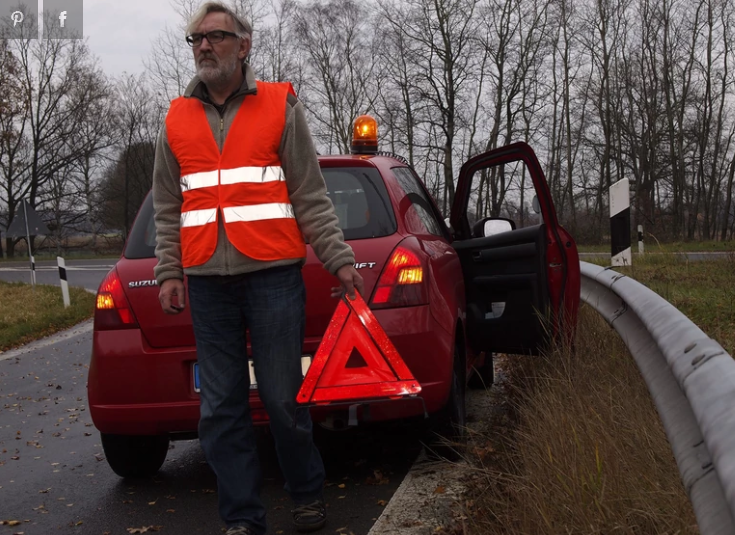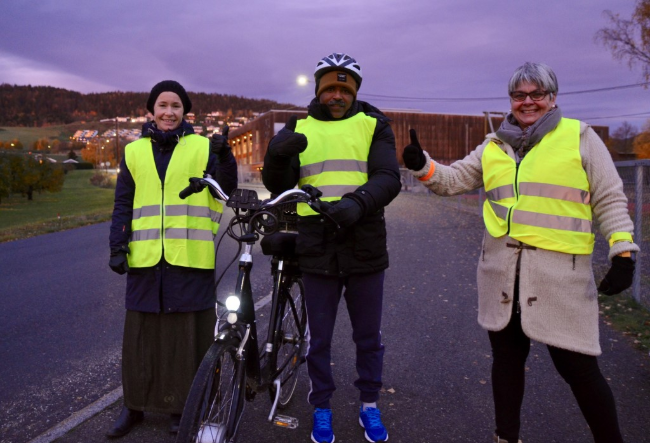Impaired visibility, fog, dusk, earlier dimming. Autumn conditions are especially dangerous for pedestrians. Many people forget the obligation to wear a reflective element. A mistake can cost a life. They can lose enough money because of high fines and because of the cuts in policies. How to make it visible?
Statistics confirm that many pedestrians are still dying in the dark. Unnecessary and due to their own mistakes They do not pay attention to sufficient visibility for the driver just in the dark, but also in poor visibility during the day.
A total of 113 pedestrians died in accidents last year. In the night accidents, 58 of them died, 30 of them in the village and 28 outside the village. The youngest killed pedestrian in the dark was 19, while the oldest was 84 years old.
Pedestrians died in poor daytime visibility
A further 9 pedestrians died in the day when visibility was impaired due to climatic conditions, or at dawn or dusk. With normal visibility during the day, 46 pedestrians perished, ie only 41 percent of the total casualties.
With poor visibility, the consequences for pedestrians are often fatal. “Most of the victims died at a time when visibility was reduced,” says Roman Budský from Platform Vision 0.
Pedestrian in the fog
Will pedestrians be obliged to “shine” in the village? Ministry vs. experts
Above-average dangers are the dark months of the year for pedestrians, ie November to March. With the coming cold autumn season, followed by the winter months, they should do more than ever to be visible to the driver.
When and where is a pedestrian obliged to use reflective accessories?
Always in poor visibility when moving outside the village along the side of the road or the edge of the road in a place not illuminated by public lighting. “Reduced visibility is not only in the dark but also at dawn, dusk, daytime in the rain, fog, snow… In short, when road users do not identify other vehicles, people, animals or objects on the road,” Brodsky explains.
How to make it visible?
The Road Traffic Act stipulates that a pedestrian must wear elements of retro-reflective material placed to be visible to other road users. However, it is not stated exactly how the reflective supplement should look and where it should be located.
High-quality reflective tapes
Half of the reflective tapes are useless, trade inspection found!
“As a minimum, I consider the dimensions of a high-quality reflective tape, which should be placed above the wrist or possibly above the ankle on the side facing the center of the road. However, reflective tapes must be really good. Being in vibrant color does not mean that they will be visible even in the dark. It should also be pointed out that the reflective tape wrapped in a roll and placed, for example, on the handle of a handbag or bag, does not have enough space to be visible to the driver,” says Budský.
In poor visibility, drivers most perceive pedestrians with reflective accessories located on moving parts of the body – ideally above the wrist and ankle. They respond to moving luminous spots approximately three times earlier than to the reflective pads statically placed on the fuselage.
Reflective strips can be supplemented with quality reflective pendants. “The best color of reflective accessories can be considered bright yellow with a greenish shade, or bright red, red-orange or orange,” adds Roman Budský.
Invisibility can become significantly more expensive for pedestrians
“Pedestrians who fail to comply with the new obligation face a fine of up to CZK 2,000. Also, they may have problems with the insurance company. We will investigate whether the use of reflective elements could prevent or mitigate the accident. If we find that their use would not affect the course of the accident, we will not impose any sanctions against the pedestrian. But in case of proving complicity or guilt by the pedestrian, we could reduce the amount paid,” confirms Milan Káňa from Kooperativa.
The law requires pedestrians to use reflective accessories only outside the municipality. Experts, however, strongly recommend their use in low visibility even in the village. Foreign experience shows that half of the pedestrians who died in the dark could live if they were marked with quality reflexes.

